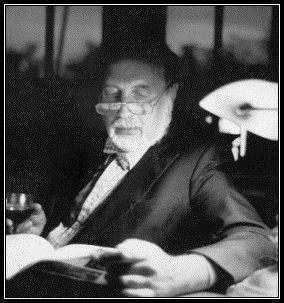|
LEIGHTON-JONES the book |
|
| home
page
|
An Autobiography 1932 - 2005 A Retrospective 1950 - 2003 243 pages of in depth text written by the 'Master' himself with dozens of his paintings in full colour. In 'The Retrospective', his lifelong friend and confidante, Tony Crosse, gives a revealing glimpse into the mind and art of this great 20th and 21st Century artist. U.K. Price £25.00 (U.S.A. $60.00 plus p & p) click here to find out how to purchase the book In
a career that has lasted for more than fifty years, and spans two centuries,
Leighton-Jones has become a living legend. 

Leighton-Jones C1984 Autobiography & Retrospective He came under the direct influence of John Minton, of London’s Royal College of Art, while studying at Sidcup School of Art in England, and was indirectly inspired by his ancestor Frederic, Lord Leighton and the Olympian artist, Alma Tadema, Lord Leighton’s contemporary and friend. Later, while living in America, he was greatly influenced by Norman Rockwell and John Singer Sargent, and when he returned to England in 2001 the work of Lucien Freud triggered the studies that would be developed into ‘The Jubilee’ series. He is also a lover of literature and British and American history, with interests ranging from Dickens to Friedrich Nietzsche. But ultimately his true inspiration comes from real life, and his astounding library of paintings, the total of which probably exceeds 10,000, is evidence of this ability to absorb the world around him. In a way, the collection of his images is an evocation of fundamental human emotional responses: joy, sorrow, laughter, contentment and compassion.
|